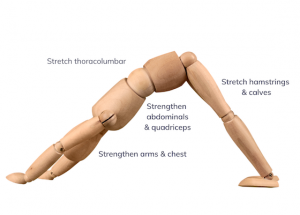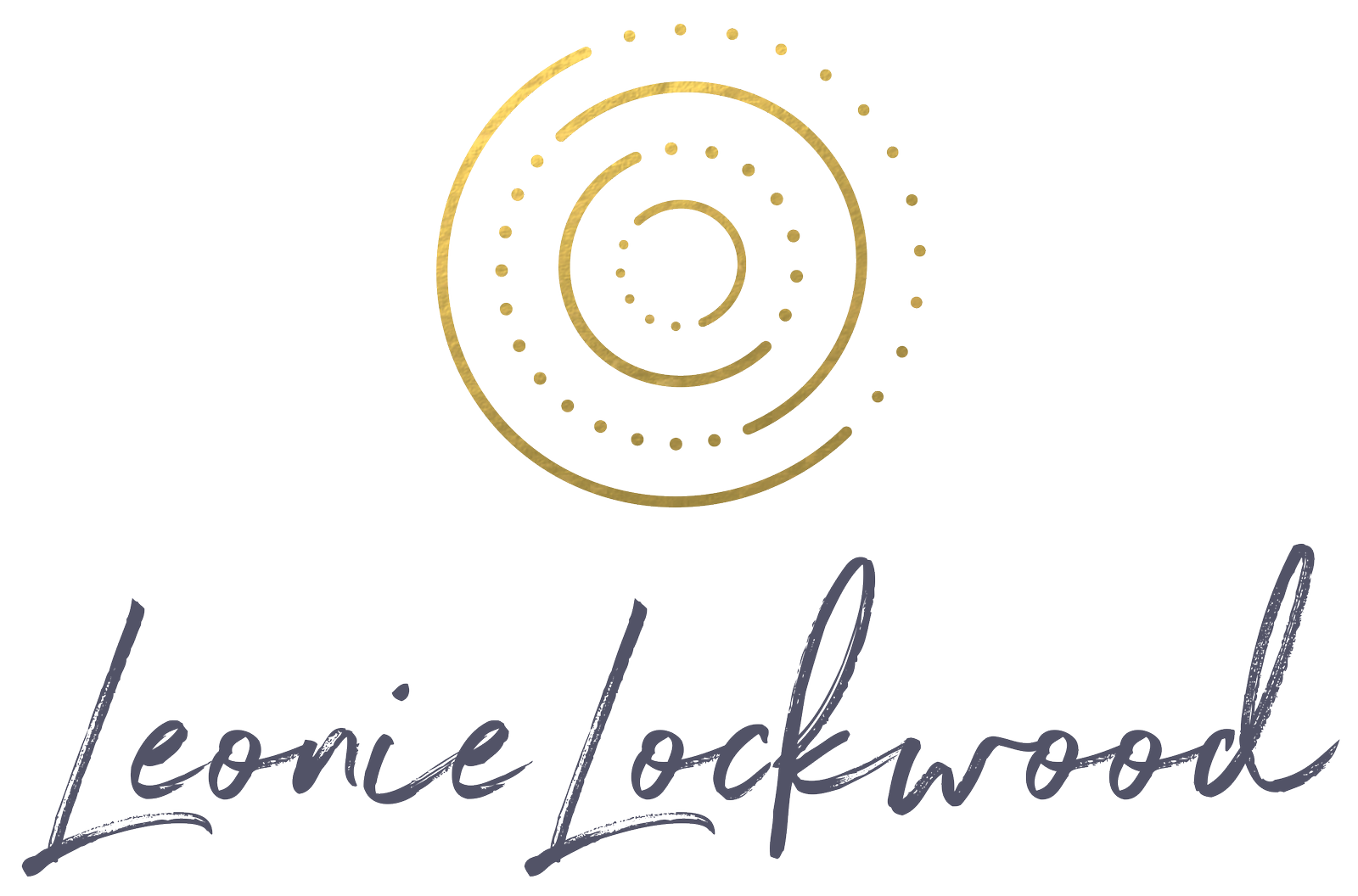How a yoga poses looks is the least important part of the pose. But you could be mistaken for thinking the opposite. After all, the look of yoga is perpetuated in the media ad nauseum. Endless tutorials on how poses must look, from toes and fingers elegantly pointed, knees stacked over ankles, hips squared, biceps by the ears, knees tracking in line with toes. Combine this with imagery of people performing these poses in strict accordance with ‘rule of alignment.’ It’s confusing, regimented and not necessarily true for all body shapes.’
‘Natural, healthy movement patterns seem to be sacrificed by some teachers once we step on a yoga mat in favour of rigid alignment rules.’
Function of poses
However, knowing what a pose does anatomically, is key for good teaching. You don’t have to be an ‘anatomy nerd’, to help your students, but having a grounded understanding of key myofascial groups and skeletal segments is extremely helpful. And this might mean more anatomy and physiology study than what was provided in your initial two-hundred-hour yoga teacher training. But you don’t have to rush out an enrol in a university degree in a&p.
Let’s deconstruct the function/s of Down face dog. It’s a pose that stretches the myofascial structures of the hamstrings and thoracolumbar. BUT it also strengthens the muscles of the quadriceps, obliques, rectus abdominus to name a few. AND energetically it can evoke a stimulating or restful response dependent on the level of the practitioner.

Guiding experiences
It makes sense then, that as you introduce poses into your class sequences, that you’re clear on what function you want your students to experience from each pose.
We strengthen the body, shift energy, stretch and shear tissues, inspire the mind with our words and encourage synchronisation of breath and movement for an all of body experience.
But despite our best intention, some students will miss these experiences if teachers focus on ‘looks’ over function of poses.
Offering alternatives
Understanding the purpose or function of a pose means that we can now offer alternatives for those students who need one. If our purpose in offering down face dog in a class is to focus on the stretch of the myofascial structures of the thoracolumbar, then child’s (balasana) pose or cat (marjaryasana) pose could be used instead.
This way ALL students in the class get a pose that stretches the tissues of the thoracolumbar, instead of just those for whom down face dog comes easily.
Once you think about:
• what myofascial structures and skeletal segments are involved in the pose
• what are the function/s of each pose
• And which of these functions you want it to perform in your class sequence
Then you can offer alternatives to your students. Once this happens, the scope of your teaching opens up so much. You’ll find a broader student base and likely feel more at ease with physical differences and injury in your students.
We learn so much about function over form in a Yin yoga teacher training and how you can apply this to other styles of Yoga. After all, a student’s body doesn’t change as they got to different classes. But you as a teacher can change to help your students better. You can change your language, your cues and up skill your basic anatomy at a minimum.
If you want to know more about what’s covered in my Yin yoga teacher training, then click here
